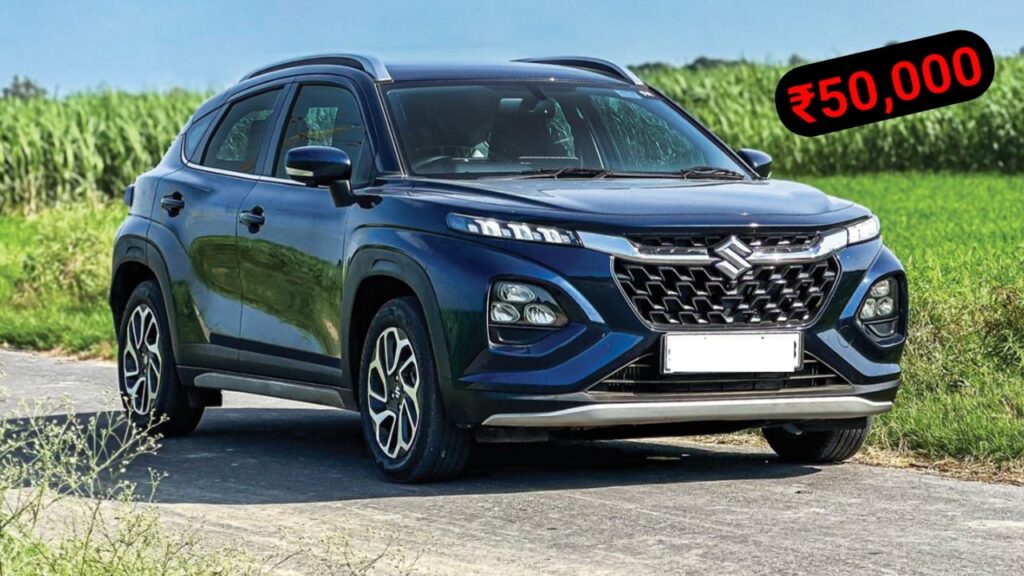Released in late 2018, the Vivo NEX Dual made waves with its innovative dual-display design. Boasting a standard front display and a secondary rear display, it promised a revolutionary mobile experience. But three years later, how does this phone hold up in today’s market? Let’s delve into its features and see if the NEX Dual still stands out or fades into obscurity.
A Gimmick or a Game Changer? The Duality of Displays
The phone’s defining feature is undoubtedly the dual-display setup. The 6.39-inch front AMOLED display delivers a vibrant and immersive viewing experience. The unique aspect lies in the 5.49-inch rear AMOLED display. This secondary display allows for various functionalities, including using the rear cameras for selfies, checking notifications discreetly, and playing games with a controller-like feel.
However, the novelty of the dual displays might wear off for some users. The rear display’s size and resolution limit its usability for tasks beyond basic notifications and controls. Additionally, the phone’s thickness and weight are increased due to the dual displays, affecting comfort during extended use.
Power Under the Hood: Can It Keep Up?
The NEX Dual packs the Qualcomm Snapdragon 845 processor, which was a flagship chipset at its launch. While it can still handle everyday tasks and light gaming, it falls short compared to today’s top-tier processors. Demanding applications or multitasking might push it to its limits. Moreover, the 8GB/10GB RAM options, while decent at the time, might feel insufficient for power users accustomed to 12GB or even 16GB RAM options available today.
Capturing Memories: A Dual-Camera Experience with Limitations
The phone features a triple-camera setup on the back, consisting of a 12MP main sensor, a 2MP depth sensor, and a dedicated 2MP “night vision” camera. While the main sensor takes decent photos in well-lit conditions, low-light performance is average. The depth sensor offers limited functionality, and the dedicated night vision camera hasn’t received much praise. The front-facing camera utilizes the rear display for selfies, which might not be ideal for everyone due to the phone’s handling and potential for smudges on the rear screen.
Staying Powered Up: A Marathon Runner or Quick Charger Needed?
The 3500mAh battery capacity was standard in 2018 but feels somewhat small compared to the larger batteries in today’s flagships. While moderate users might get through a day on a single charge, heavy users will likely need to reach for the charger more frequently. The phone supports 10W fast charging, which pales in comparison to the significantly faster charging speeds offered by many current flagships.
The Price Tag: A Relic of the Past or Still a Bargain?
The Vivo NEX Dual was a premium phone at its launch, and its price reflects that. However, considering its age and the advancements in technology, its current price (if still available new) might not be as attractive compared to newer smartphones offering better performance, camera capabilities, and features at similar or even lower price points.
The Verdict: A Pioneering Spirit Held Back by Time
The Vivo NEX Dual’s dual-display design was undoubtedly innovative and ahead of its time. However, the novelty might not outweigh the limitations in performance, camera quality, battery life, and charging speed, especially when compared to current offerings. While the phone holds historical significance in smartphone design, for most users seeking a well-rounded and powerful device, newer options are likely to provide a more compelling experience.
















